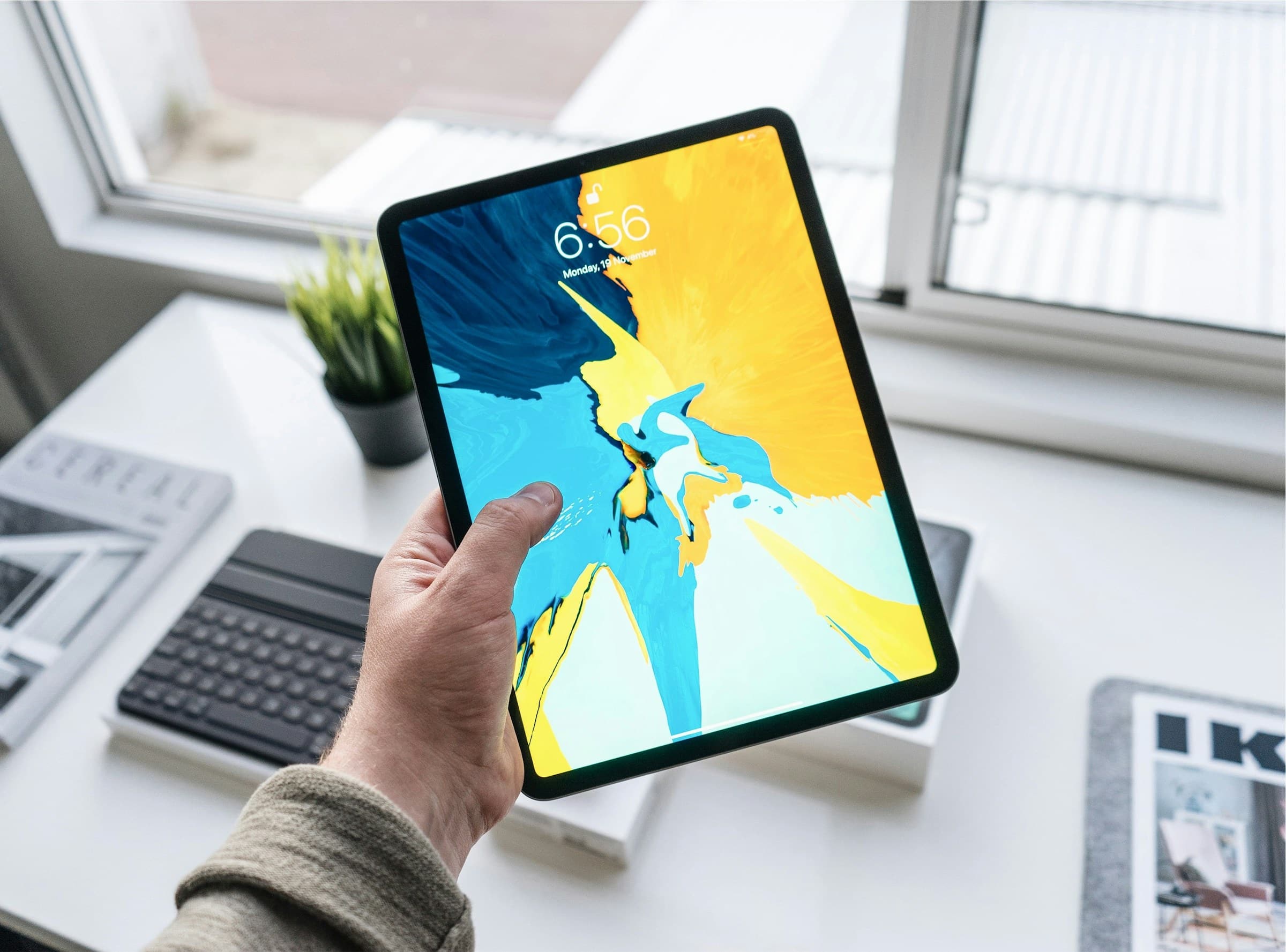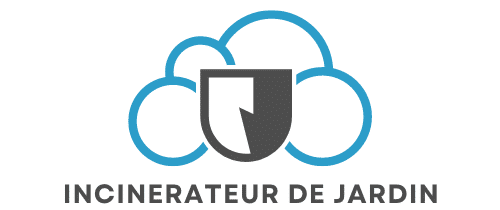What Are the Steps to Set Up a Virtual Health Monitoring System Using Your Smartphone?

In today's fast-paced world, remote patient monitoring (RPM) is revolutionizing healthcare. This cutting-edge approach allows you and your healthcare providers to track your health using smartphones and remote monitoring devices. Imagine monitoring your blood pressure, heart rate, and other vital signs from the comfort of your home, all while keeping your doctor in the loop. This article unveils the steps to set up a virtual health monitoring system using your smartphone, empowering you with knowledge to take control of your health.
Understanding Remote Patient Monitoring
Remote patient monitoring is a modern healthcare solution that leverages technology to observe and record patient health data from a distance. This system bridges the gap between you and your healthcare providers, ensuring continuous care and prompt medical attention. By employing monitoring devices such as blood pressure cuffs, heart rate monitors, and other medical devices, healthcare providers can access real-time data and make informed decisions regarding your health.
A découvrir également : What Are the Best Strategies for Using Your Smartphone to Manage Household Chores?
Incorporating RPM into your healthcare routine offers numerous benefits. These systems provide timely insights into your health status, enabling early detection of potential issues. Consequently, remote monitoring systems can lead to better care management and improved patient outcomes. Notably, Mayo Clinic and other prominent institutions endorse RPM for its effectiveness in managing chronic conditions and enhancing overall patient care.
Choosing the Right Monitoring Devices
Selecting the appropriate monitoring devices is crucial for a successful RPM setup. Devices such as smartwatches, blood pressure monitors, and heart rate sensors are designed to sync with your smartphone, providing accurate and accessible health data. Here are some key factors to consider when choosing your devices:
A lire en complément : How to Use Your Smartphone to Monitor and Control a Smart Home Water Heater?
- Compatibility: Ensure that the devices are compatible with your smartphone's operating system, whether iOS or Android. This compatibility guarantees seamless integration and data transfer between the device and your phone.
- Accuracy: Opt for devices that offer reliable and precise measurements. Look for products with FDA approval or endorsements from reputable healthcare organizations like Mayo Clinic.
- User-Friendliness: Choose devices that are easy to set up and use. The user interface should be intuitive, allowing you to navigate and operate the device without difficulty.
- Battery Life: Consider the battery life of the devices. Longer battery life means less frequent charging, ensuring uninterrupted monitoring of your health.
- Cost: Evaluate the cost of the devices and their associated apps or software. While investing in quality devices is important, it's essential to find options that fit within your budget.
By selecting the right monitoring devices, you can ensure accurate health data collection, leading to better care management and improved communication with your healthcare providers.
Setting Up Your Monitoring System
Once you have your monitoring devices, the next step is to set up your monitoring system. This involves a series of steps to ensure that your health data is accurately captured and transmitted to your healthcare providers. Follow these steps for a seamless setup:
- Download the Necessary Apps: Most monitoring devices come with companion apps that you need to download onto your smartphone. These apps facilitate data transfer and provide an interface for you to view and manage your health data.
- Pair Your Devices with Your Smartphone: Follow the instructions provided with your devices to pair them with your smartphone. This typically involves enabling Bluetooth on your phone and syncing the devices through the app.
- Create an Account: Sign up for an account on the app. This account will store your health data and allow you to share it with your healthcare providers.
- Configure Settings: Set up the app according to your preferences. This may include setting reminders for taking measurements, configuring notifications, and personalizing the app to suit your needs.
- Start Monitoring: Begin using your devices to monitor your vital signs. The app will record and store this data, providing you with real-time insights into your health.
- Share Data with Your Doctor: Most apps allow you to share your health data with your healthcare providers. This can be done through secure messaging or by granting them access to your account.
Setting up your monitoring system ensures that your health data is accurately captured and accessible. This enables your healthcare providers to monitor your health in real-time and make informed decisions about your care.
The Role of Software Development in Health Monitoring
Software development plays a pivotal role in the functionality and effectiveness of remote health monitoring systems. The apps and software that accompany your monitoring devices are crucial for data collection, analysis, and sharing. Understanding the role of software development in health monitoring can help you appreciate the intricacies involved in these systems.
- Data Collection and Integration: Software development ensures that data from various monitoring devices is accurately collected and integrated into a single platform. This integration allows for a comprehensive view of your health data, making it easier for you and your healthcare providers to monitor and manage your health.
- User Interface Design: A well-designed user interface is essential for the usability of health monitoring apps. Software development focuses on creating intuitive and user-friendly interfaces that make it easy for you to navigate and use the app.
- Data Security: Ensuring the security of your health data is a top priority in software development. Developers implement robust security measures to protect your data from unauthorized access and breaches.
- Real-Time Data Analysis: Advanced algorithms and machine learning techniques are used to analyze your health data in real-time. This analysis provides valuable insights into your health, enabling early detection of potential issues and timely medical intervention.
- Interoperability: Software development ensures that health monitoring systems are interoperable with other healthcare systems. This interoperability allows for seamless data sharing between different healthcare providers, enhancing the overall quality of care.
By understanding the role of software development in health monitoring, you can better appreciate the technology behind your monitoring system. These apps and software are designed to provide you with accurate, secure, and insightful health data, empowering you to take control of your health.
Benefits of Remote Patient Monitoring
Incorporating remote patient monitoring into your healthcare routine offers a myriad of benefits. This modern approach to healthcare is designed to enhance your overall health management by providing continuous, real-time insights into your vital signs and health data. Here are some key benefits of RPM:
- Improved Patient Outcomes: Remote monitoring allows for early detection of potential health issues, enabling timely medical intervention. This can significantly improve patient outcomes and reduce the risk of complications.
- Convenience: RPM eliminates the need for frequent visits to the doctor's office. You can monitor your health from the comfort of your home, saving time and reducing the stress associated with medical appointments.
- Cost-Effective: By reducing the need for in-person visits, RPM can lower healthcare costs. This is particularly beneficial for patients with chronic conditions who require regular monitoring.
- Enhanced Disease Management: Continuous monitoring provides valuable insights into the progression of chronic conditions. This enables healthcare providers to adjust treatment plans as needed, improving disease management and patient quality of life.
- Increased Patient Engagement: RPM encourages patients to take an active role in their health care. By providing real-time data, patients can track their progress and make informed decisions about their health.
- Better Communication with Healthcare Providers: RPM facilitates better communication between patients and healthcare providers. Sharing health data in real-time allows for more informed discussions and collaborative decision-making.
By leveraging the benefits of remote patient monitoring, you can take a proactive approach to your health. This modern healthcare solution empowers you with the tools and knowledge needed to monitor and manage your health effectively.
Setting up a virtual health monitoring system using your smartphone is a step towards taking control of your health. By understanding remote patient monitoring, choosing the right monitoring devices, and setting up your monitoring system, you can ensure that your health data is accurately collected and shared with your healthcare providers. The role of software development in health monitoring is crucial, providing you with intuitive, secure, and insightful apps to manage your health data.
The benefits of incorporating remote patient monitoring into your healthcare routine are significant. From improved patient outcomes to cost savings and enhanced disease management, RPM offers a comprehensive solution for continuous health monitoring. By embracing this modern approach to healthcare, you can take a proactive role in your health, ensuring that you and your healthcare providers have the information needed to make informed decisions about your care.
In conclusion, the steps to set up a virtual health monitoring system using your smartphone involve understanding RPM, choosing compatible devices, and configuring your monitoring system. This modern healthcare solution offers numerous benefits, allowing for continuous, real-time monitoring of your health. By taking these steps, you can enhance your health management and improve your overall quality of care.
